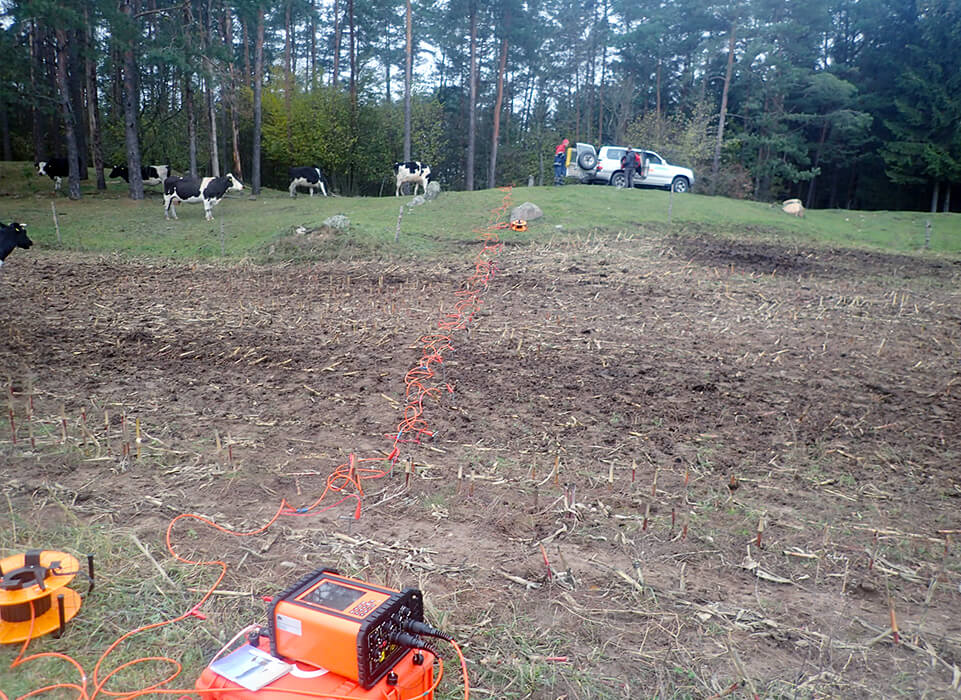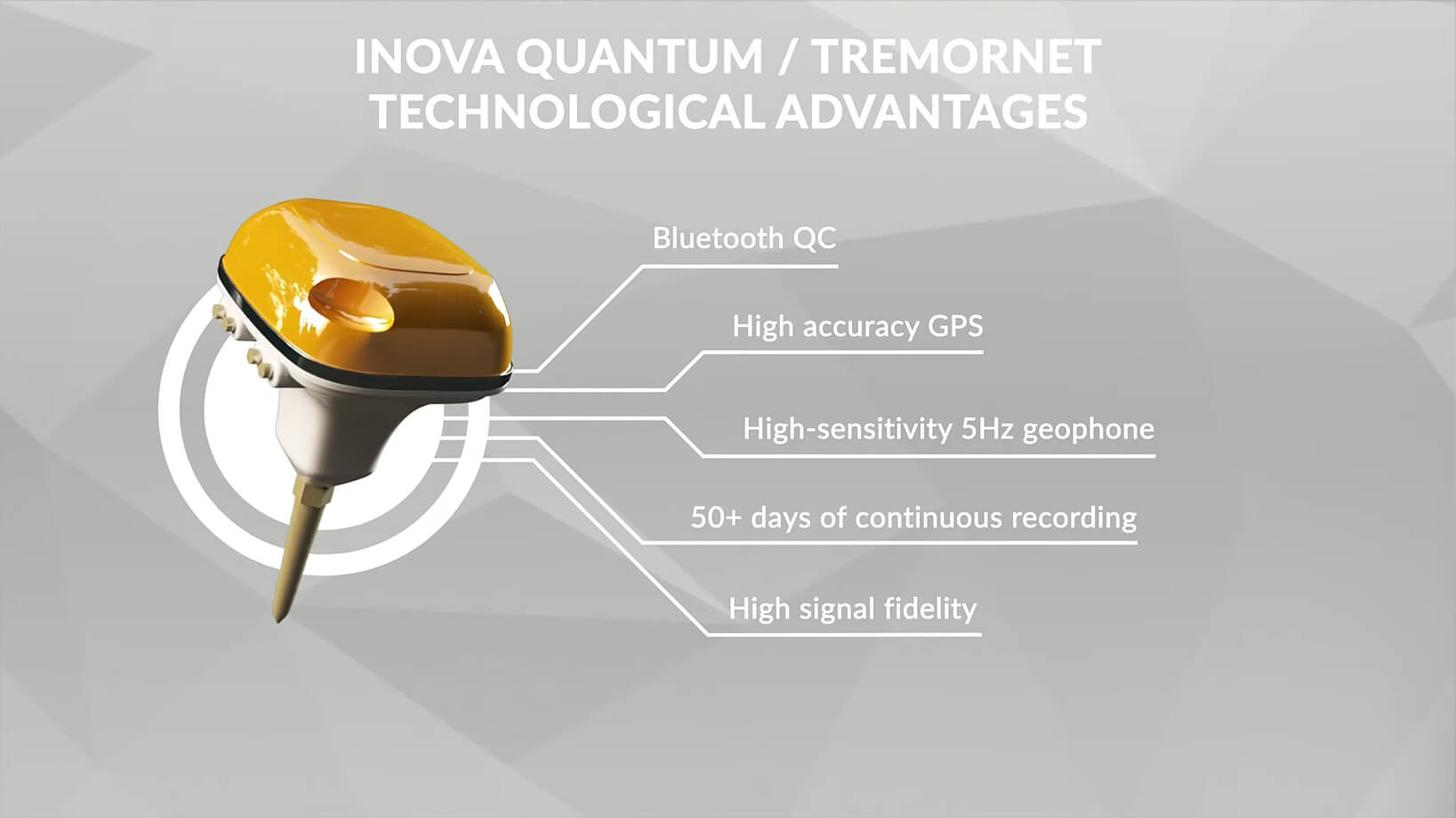Our solutions
Communication routes
Our survey works, together with geological-drilling and geotechnical services, are used, inter alia, for newly designed highways, expressways and railway lines, to be made in accordance with the standards and requirements of GDDKiA ( General Directorate of Domestic Roads and Highways) and PLK S.A. (Polish Railways) (Geophysical Survey Program (PBGf), Documentation of geophysical surveys (DBG)). We actively participate in the largest projects throughout the country.
Hydrogeological facilities
Our geophysical surveys also provide information on the technical condition of hydrotechnical facilities and their subsoil. We apply non-invasive survey techniques that make possible full exploration and location of weakened parts of the structure that may become broken during a flood wave. We also offer proven non-invasive solutions for the survey of landslides, in particular for setting out zones potentially endangered by land mass movements.
Offshore wind farms
Our specialists also offer solutions for setting out the environmental conditions of offshore wind farms (OWF), as well as for submarine mapping of power cable routes to connect the OWF with the land. Combined with geological-drilling and geotechnical services, what we apply is the most modern technology available in the country in this field.
MASW Method
We also offer soil survey with the use of transverse waves by the MASW method, which allows us to track the geological boundaries between the geotechnical holes made, to lay down the relaxation zones in the tested material, to set out geotechnical parameters of the ground, to find voids, non-homogeneities or the ground being washed away, and to determine the parameters of the seismic hazard pursuant to the Eurocode standard 8.
Survey with Geoprobe
We offer sampling and testing of soil and water, as well as installing piezometers in environmental and sozological surveys with the “GEOPROBE” device. A very crucial feature of our solutions is its ability to collect soil and groundwater samples under a hardened layer (concrete, asphalt, etc.). A hardened layer up to approx. 70 cm thick is not a problem to our probes, thanks to the combination of the impact force with the rotation of its cutting tip.
Deep anode groundbeds of cathodic protection
We have been handling comprehensive implementation (design + construction) of deep anodic groundbeds for cathodic protection of underground structures. Our solutions allow the use of active protection of aged technological installations, which pose a potential risk of failure due to progressive corrosion. Our solutions allow for the inhibition of corrosion processes to the value of the assumed cathodic protection criterion.

